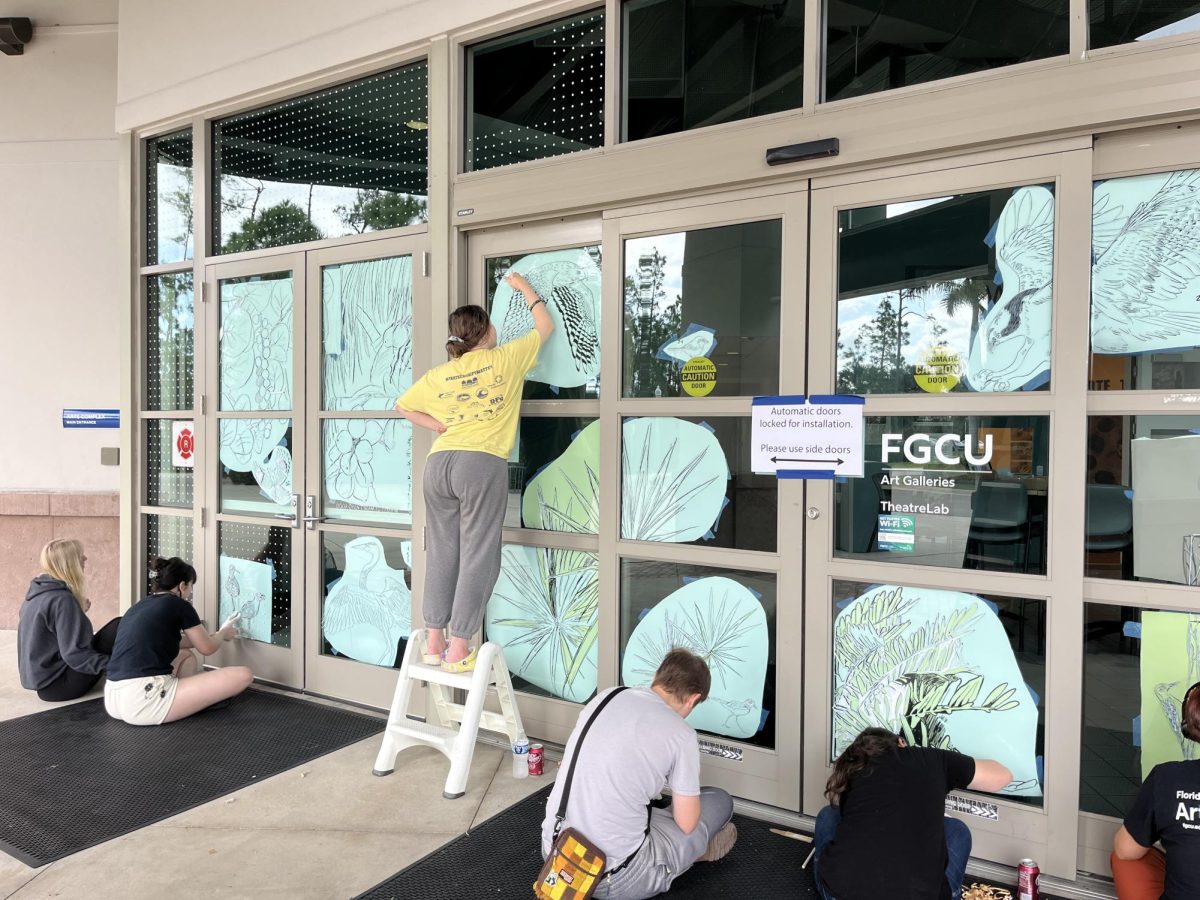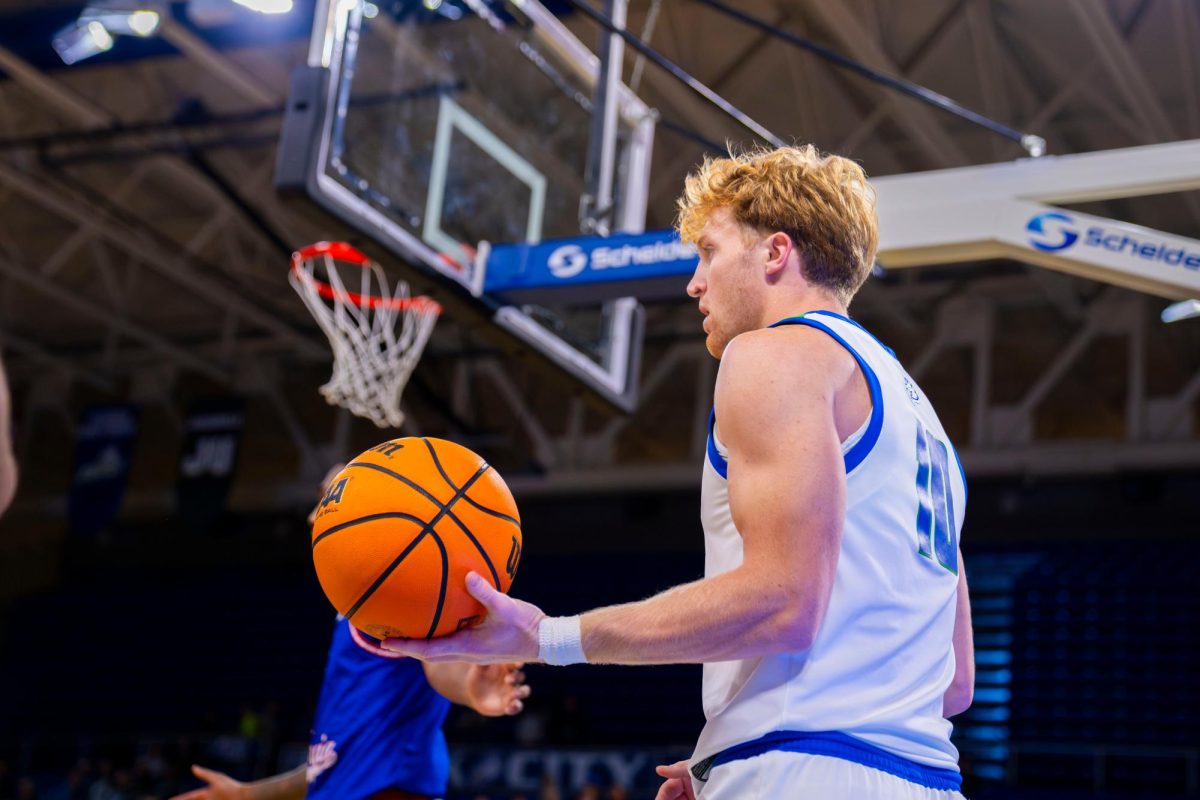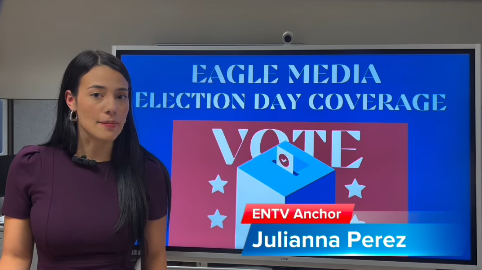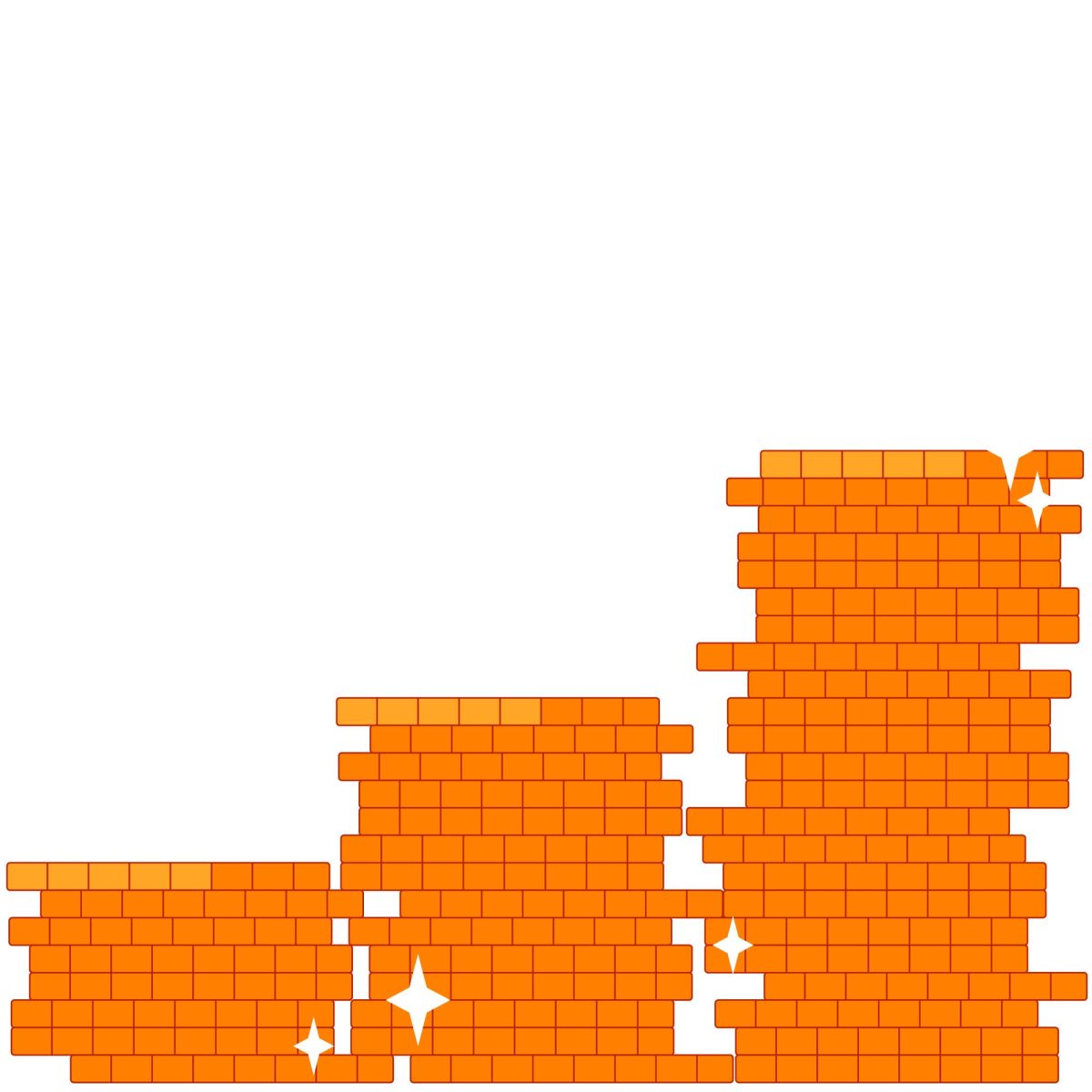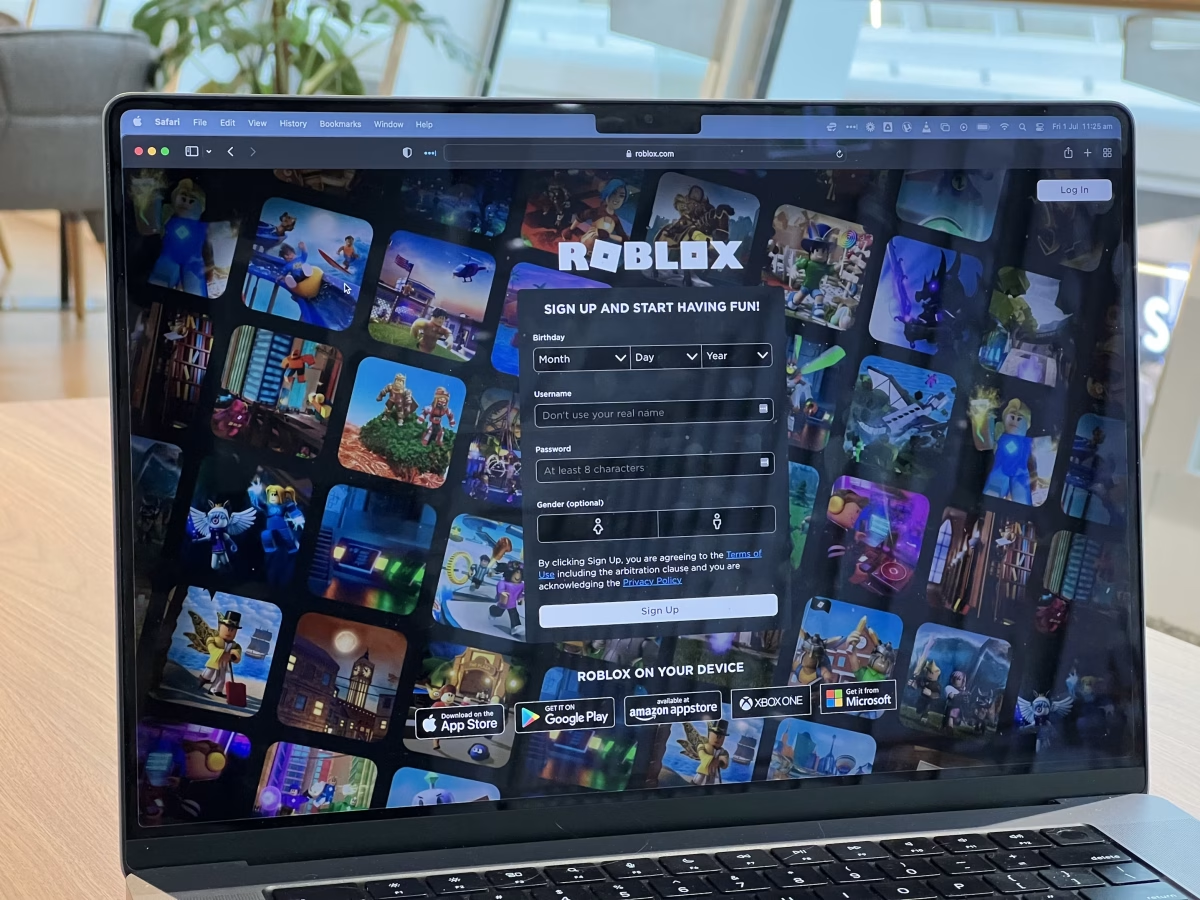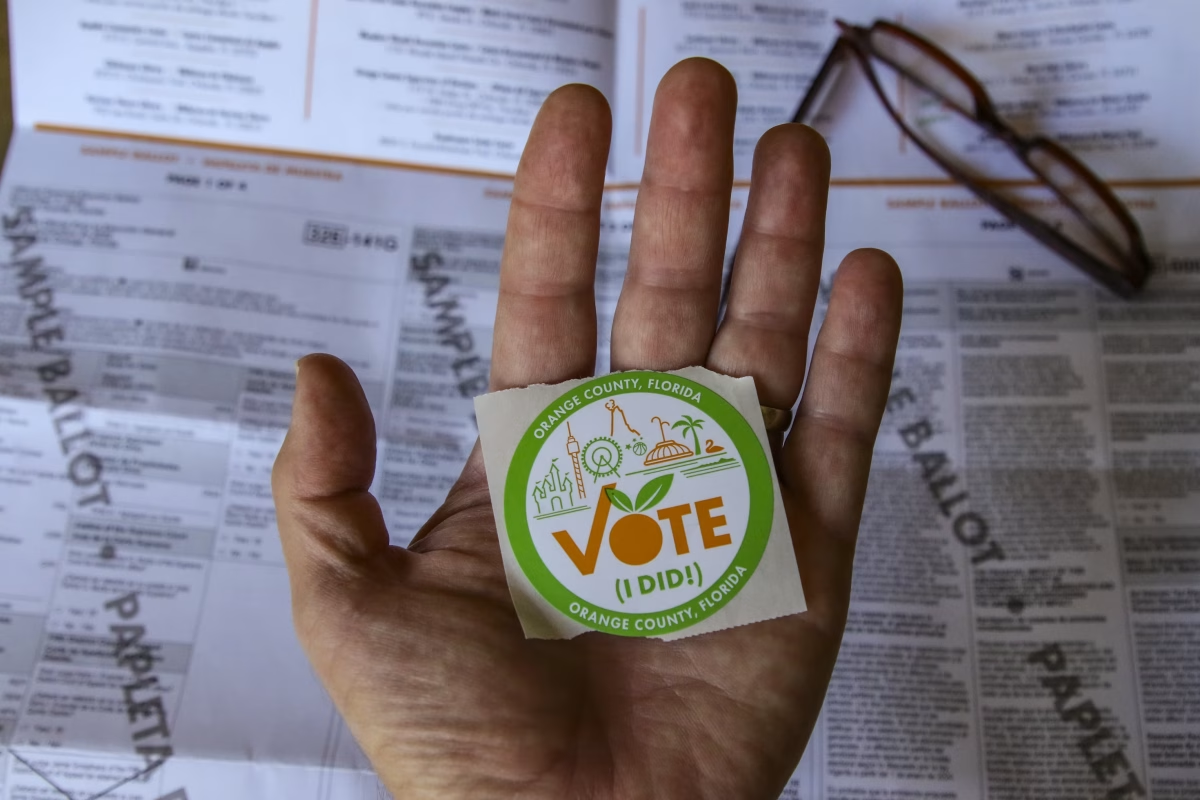Since the start of the fall semester, Florida Gulf Coast University had 14,673 students enrolled. According to Ronald B. Toll,, provost and vice president for academic affairs, , 70 percent of these students will take at least one online course a year.
FGCU offers three undergraduate and six graduate programs completely online.
According to US News, more than 6.7 million students took at least one online course through a university during fall 2011. Because of FGCU’s increasing size, more online classes may be offered in order to accommodate to the size of the student body. The number of college students taking at least one online course went from 23 percent to 45 since 2008, according to the 2013 College Explorer.
Physical classes provide students with personal connections along with constant and structured communication. However, online classes have grown because of the demand for more flexible learning. Students who work or are extremely involved in their community require that flexibility.
In an interview with Eagle News, Toll said, “Right Now, we have around 19 to 20 percent of all our courses as online courses.”
“I personally don’t like online classes because you don’t have that interaction with the teacher,” said Ruth Guischard, a sophomore studying biology. .
“I like being able to go up to a teacher in class and ask my question right then and there. I think we should have fewer online classes. They take the personalization and interaction out of learning.”
Every student has a different experience with learning online. While Guischard dislikes the idea of online classes, Lauren Colon, a sophomore studying secondary social science education, thinks they’re optimal.
“The majority of the teachers that I have had so far at FGCU put up all their stuff on Canvas so it makes going to physical class pointless,” Colon said.
“I believe that we should have more online classes, that way it could coalesce better with student schedules.”
“Data shows that a blended environment tends to be very effective as a learning method for students,” Toll said. “There is a lot of variability there. I think some faculty really enjoy teaching them, and others do not. But what we do see here is a good deal of blended courses.” Blended courses are 20 to 80 percent online, with the remaining portion being in the classroom.
Anna Ya Ni, an assistant professor of public administration at California State University-San Bernardino, published an article in the Journal of Public Affairs Education called “Comparing the Effectiveness of Classroom and Online Learning: Teaching Research Methods.” Ni said: “The results of this study indicate that although student performance is independent of the mode of instruction, certain courses are more challenging to students who persist in the virtual environment than in the classroom.”
Categories:
FGCU will offer more online courses
October 2, 2014
Story continues below advertisement
More to Discover




